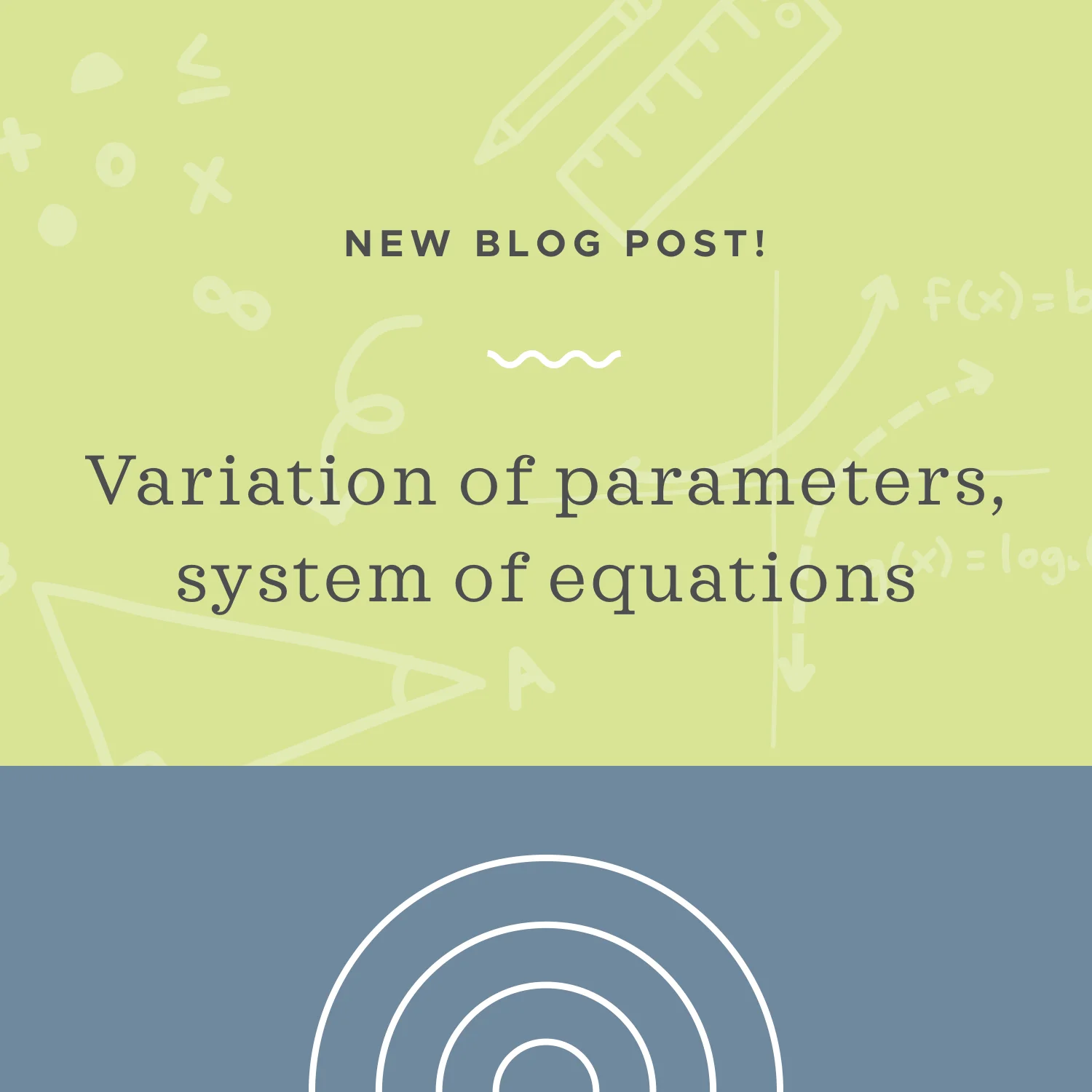Whereas partial derivatives are indicated with the “partial symbol,” we never see this notation when we’re dealing with ordinary derivatives. That’s because an ordinary derivative is the derivative of a function in a single variable. Because there’s only one variable, there’s no need to indicate the partial derivative for one variable versus another.
Read MoreTo solve an initial value problem for a second-order nonhomogeneous differential equation, we’ll follow a very specific set of steps. We first find the complementary solution, then the particular solution, putting them together to find the general solution. Then we differentiate the general solution, plug the given initial conditions into the general solution and its derivative to create a system of linear equations, and then use the initial conditions to solve that system for the constant coefficients. Finally, we’ll plug those constant coefficients back into the general solution.
Read MoreWe’ve already learned how to find the complementary solution of a second-order homogeneous differential equation, whether we have distinct real roots, equal real roots, or complex conjugate roots. Now we want to find the particular solution by using a set of initial conditions, along with the complementary solution, in order to find the particular solution.
Read MoreLike the method of undetermined coefficients, variation of parameters is a method you can use to find the general solution to a second-order (or higher-order) nonhomogeneous differential equation. Remember that homogenous differential equations have a 0 on the right side, where nonhomogeneous differential equations have a non-zero function on the right side.
Read More





